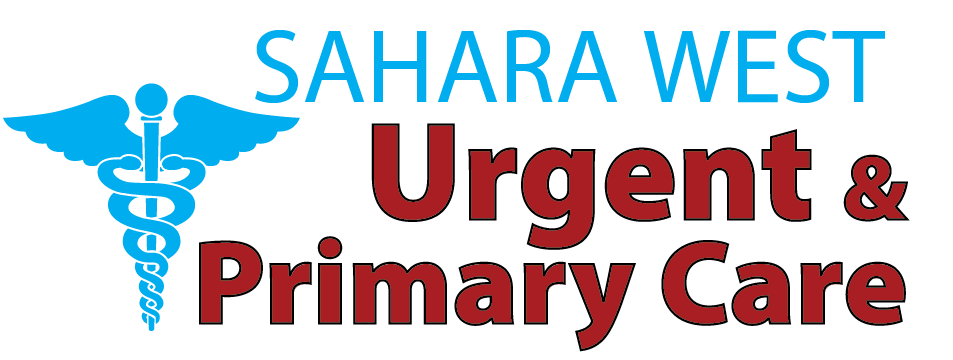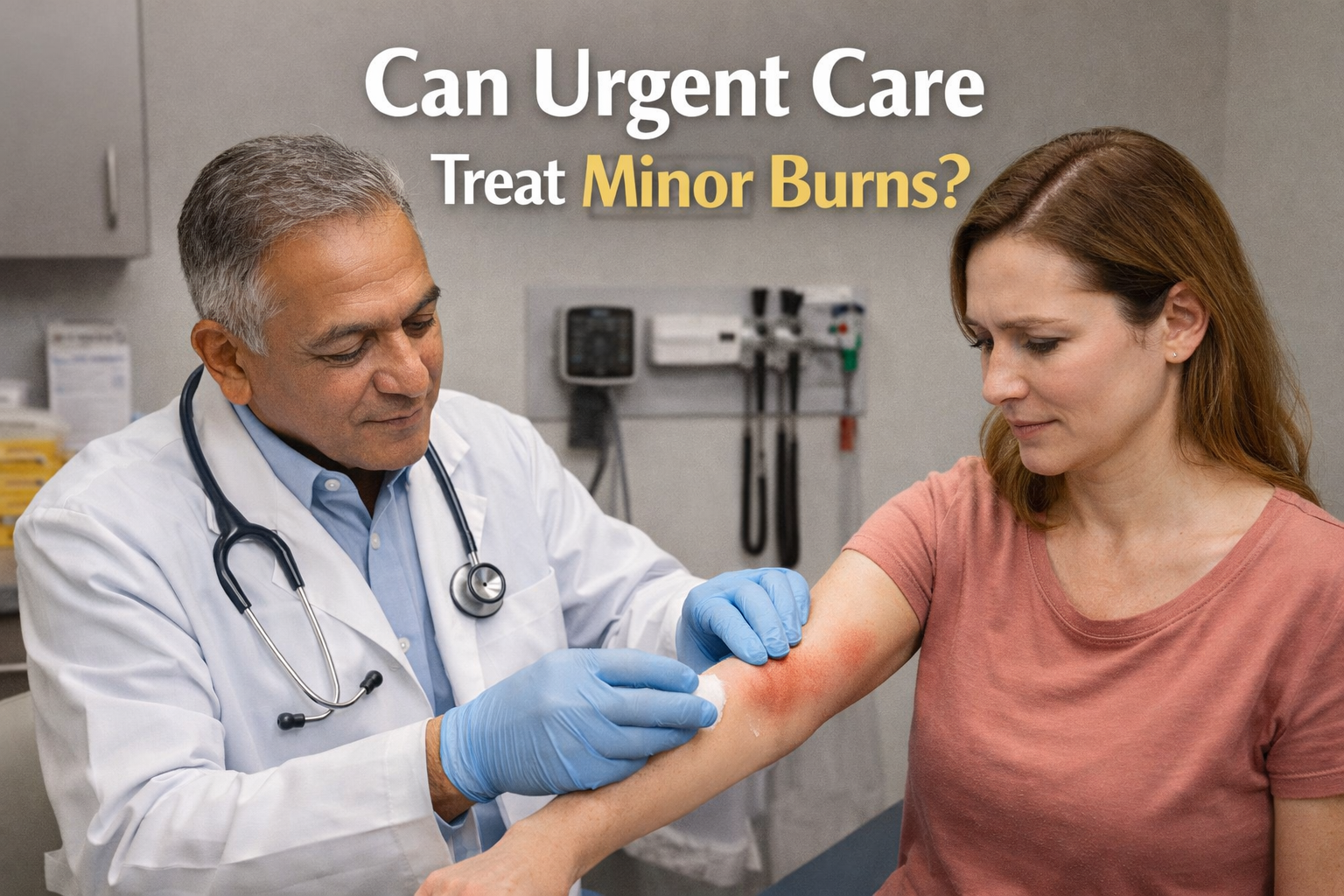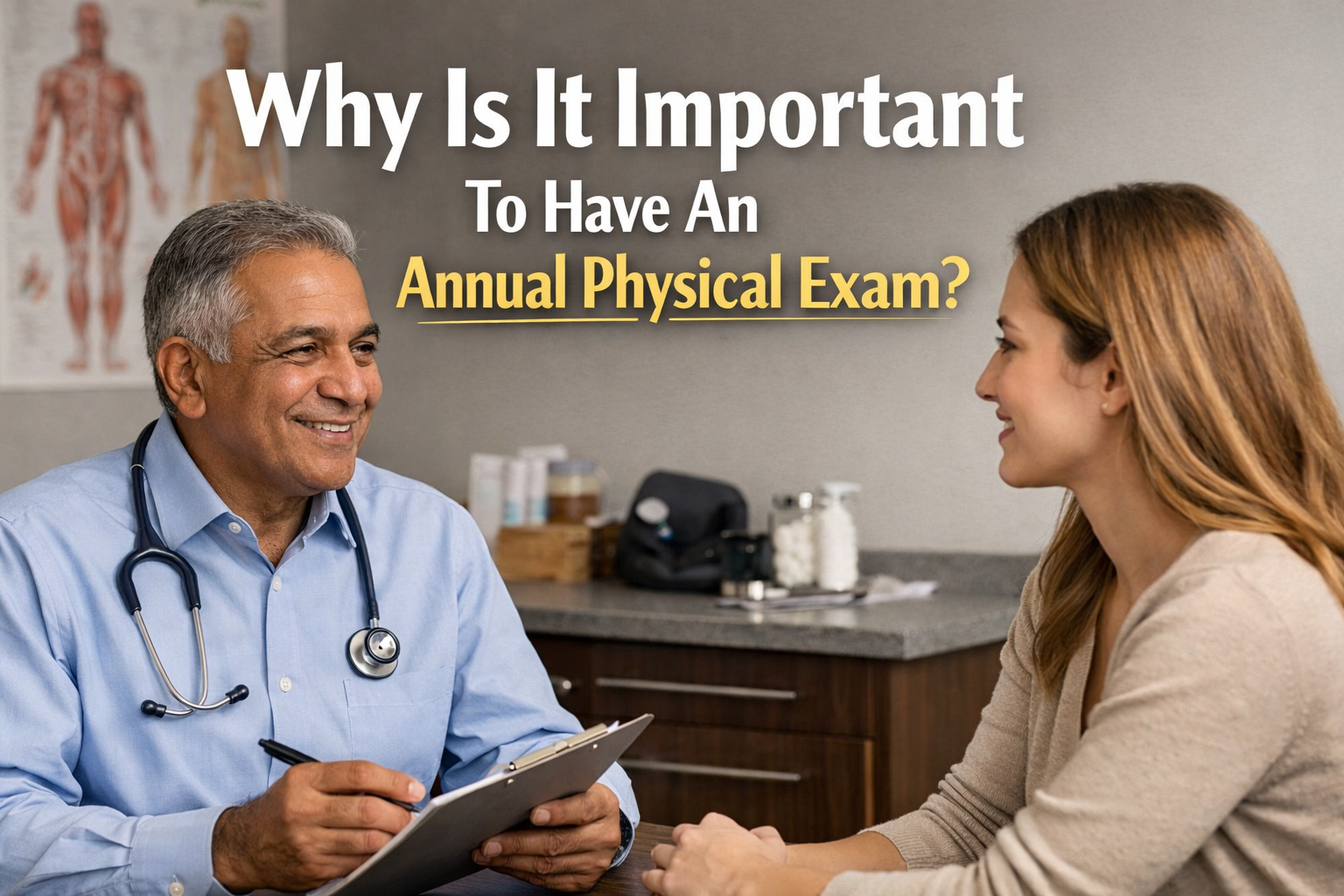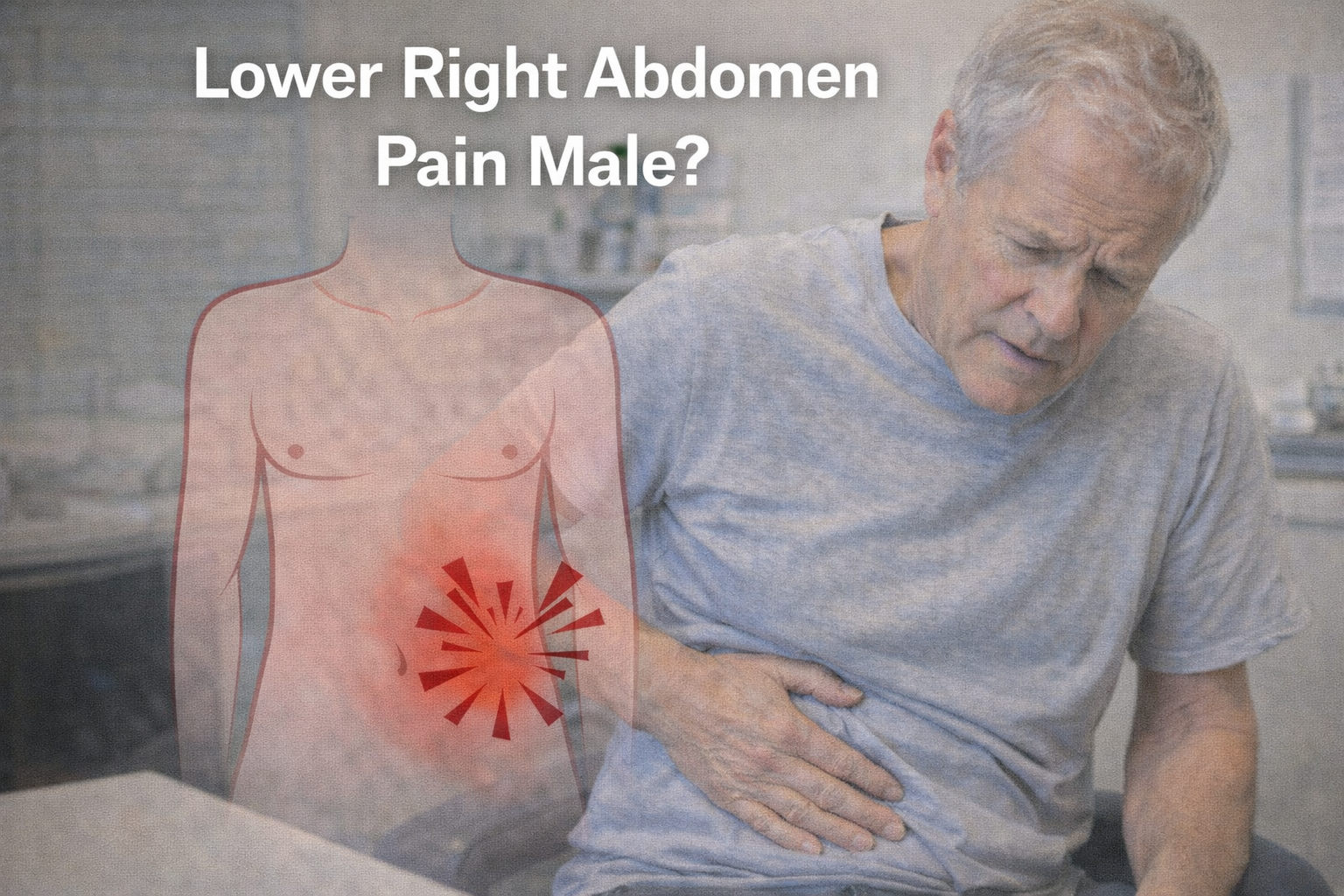Being engaged in unprotected sex may develop a fear of STDs. Even when you are willing to keep your partners and yourself safe, you should have a clear, expert-approved guide on the time to get tested based on the various infections, their window period, symptom starting point, testing accuracy, and prevention. This article provides you with a second-to-none, Google-worthy, deep, user-oriented, and semantically enriched overview.
Understanding Window Period vs. Incubation Period
The window period is the time between contraction and when a test is reliable to reveal contraction. Even in the case of contraction, a test will indicate negative. The symptoms first occur during the incubation period. These are frequently overlapping yet not identical, and when you know both, you will find yourself better able to understand an answer to your question: how long after unprotected sex should I perform testing?
Why Timing Affects Test Accuracy
Early testing raises false negatives. The tests establish the existence of the virus, antibody, or genetic material. It may take weeks before an antibody test can be positive, but a modern nucleic acid test can detect HIV at a much earlier stage. Testing windows are imperative to know so that tests yield proper results.
Chlamydia Testing Timeline
Chlamydia may require 7-21 days after exposure to show as detected through NAAT (nucleic acid amplification tests). Earlier testing will result in a false negative. In case the results have been returned negative but later manifestation of symptoms, it is advisable to retest after three weeks.
Gonorrhea Testing Timeline
The symptoms of gonorrhea manifest on an NAAT in 2-7 days. To get a reliable test, test one week after the test. Even though they may occur even before a week, in case you feel any of the symptoms, such as discharge, burning during urination, and vaginal or pelvic pain, go to be tested.
HIV Testing Timeline
HIV testing varies by method:
- Nucleic acid tests (NAT): 10–33 days
- 4th-generation antigen/antibody tests: 18–45 days
- Antibody-only tests: 23–90 days
For accurate early detection, an HIV test at 4 weeks followed by confirmation at 3 months is recommended by the CDC and health professionals.
Herpes (HSV‑1 & HSV‑2) Testing Timeline
The onset of the symptoms takes 2 to 12 days after the exposure, with the presence of sores, tingling, or flu-like symptoms. The antibody tests are sensitive only 4 to 12 weeks after the actual exposure has occurred; swabbing an open lesion is sensitive, but only when an outbreak exists.
Syphilis Testing Timeline
The antibodies of syphilis can take up to 312 weeks before they turn positive. Chancre is an early sign of syphilis, which may be noticed within 3 weeks. Three months, or test at three months, after exposure, and then six weeks to determine or exclude infection.
Hepatitis B & C Testing Timeline
- Hepatitis B: Antigens appear in 4–10 weeks; surface antigen tests are accurate around 6 weeks.
- Hepatitis C: RNA can be detected 2–4 weeks after exposure, while antibodies typically show up between 8–11 weeks.
Trichomoniasis Testing Timeline
NAAT detection is usually sensitive 5-28 days post-exposure. Women can be tested one week after the exposure; men may have to be tested with urogenital swabs or urine tests.
What Affects Test Reliability?
- Test type: NAAT vs. antibody vs. antigen
- Sample site: Urine, throat, rectum, blood
- Lab sensitivity and timing
- Individual immune response and test technology
If your test is negative but concerns persist, plan a follow-up test within the maximum window period of the suspected infection.
Signs and Symptoms to Watch For
Many STDs are symptom-free. When present, symptoms vary:
- Chlamydia & gonorrhea: discharge, pain, burning urine
- Herpes: sores, tingling
- Syphilis: painless chancre, rash
- Hepatitis: jaundice, fatigue
If any of these symptoms appear—regardless of timeline—seek testing immediately. Don’t wait for the scheduled window.
Recommended Testing Schedule
- 1 week post-exposure: Gonorrhea, chlamydia
- 2–4 weeks: HIV (NAT or 4th-gen), hepatitis C RNA
- 4–6 weeks: Syphilis, hepatitis B
- 3 months: Final HIV antibody test, syphilis confirmation
Tailor this to your specific exposures and healthcare provider’s advice.
After the Test
- Negative? If within the window period, repeat at the end.
- Positive? Get treatment—most STDs are curable or manageable. Notify partners and abstain until cleared.
- No symptoms but positive? Partner notification and consistent care are essential.
Preventing Future Risks
- Use condoms consistently.
- Consider pre-exposure prophylaxis (PrEP) for HIV if at risk.
- Get vaccinated for HPV and hepatitis B.
- Engage in regular testing based on your sexual activity, especially if you change or have multiple partners.
Conclusion
In response to the question of how long after being exposed to unprotected sex to take a std testing las vegas, it is advised to follow the specifics of the diseases—one week, three months maximum. Never start late on anything treatable, and within the full period of windows, make sure that they find out. Choose to be healthy: test, retest, treat, and prevent.
To schedule your appointment with the highest standard of care and visit Sahara West Urgent Care, visit our website.
FAQs
How soon do STDs show up?
It varies: gonorrhea (2–7 days), chlamydia (7–21 days), and HIV (10–45 days, depending on test type).
Can you test right away?
Some infections, like gonorrhea, can be detected early (2–5 days). Most require waiting up to 3 months for accurate results.
Can STDs lie dormant?
Yes—many infections remain asymptomatic, making timed testing critical.





